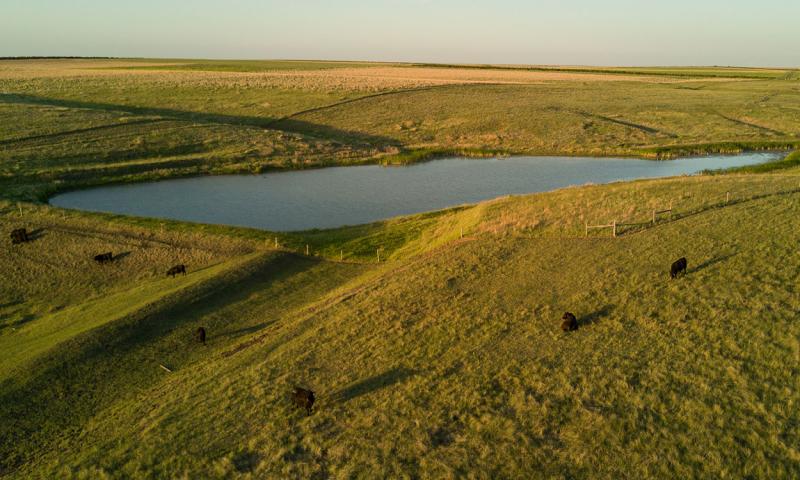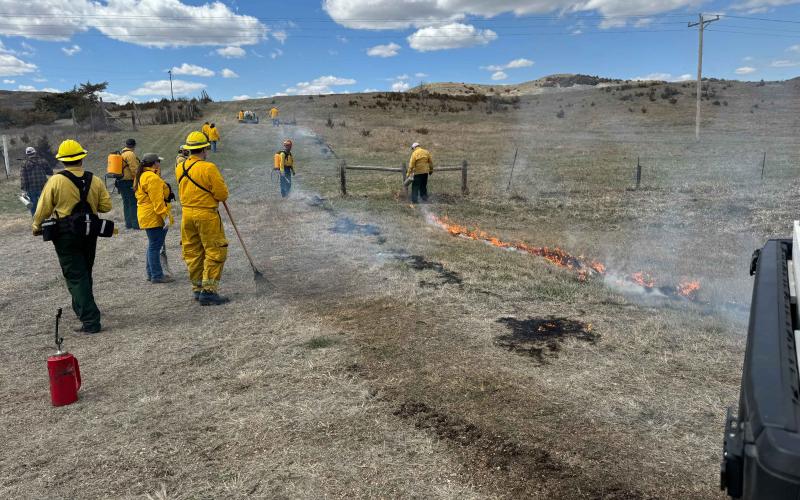
According to rangeland and pasture specialists, there are four basic types of grazing systems.
Continuous Grazing
This is a one-pasture system that allows livestock to continually graze one large section of land. Though requiring the least amount of management and keeping capital costs to a minimum, this system is also the least efficient in terms of resource use and profitability.
Deferred Rotational Grazing
A deferred rotational grazing system uses more than one pasture and rotates cattle from one pasture to the next at varying intervals. This allows the manager to defer grazing during important growing periods to allow plants to set seed without being grazed. Periodic deferments at the right time are just as effective as a full calendar year of rest in many cases. However, costs for fencing and water may be higher than continuous grazing. Advantages include:
- Improves grazing distribution.
- Increases plant vigor of key plant species.
- Increases habitat for ground nesting birds.
Rest Rotational Grazing
A rest rotational grazing system uses more than one pasture and rotates cattle from one pasture to the next at varying intervals, but it has one or more pastures that do not get grazed for an entire year. Rest rotation grazing maximizes plant recovery for plant vigor and ensures maximum cover for wildlife. Advantages include adequate nesting habitat for ground-nesting birds.
Management-Intensive Grazing
This system requires the greatest investment, both financially and physically. Advantages include:
- Heal disturbed sites and increase forage production.
- Higher stocking rates.
- More-even grazing and manure distribution.
- Reduced time checking livestock.
- Improve water cycle and biodiversity of your grasslands.
The Healthy Grasslands article series is provided by the South Dakota Grassland Coalition in partnership with SDSU Extension. Contributing editors: Alexander J. Smart, Peter J. Bauman and Joshua Lefers. © South Dakota Grassland Coalition 2017. For more information, view the full publication or visit the South Dakota Grassland Coalition website.


